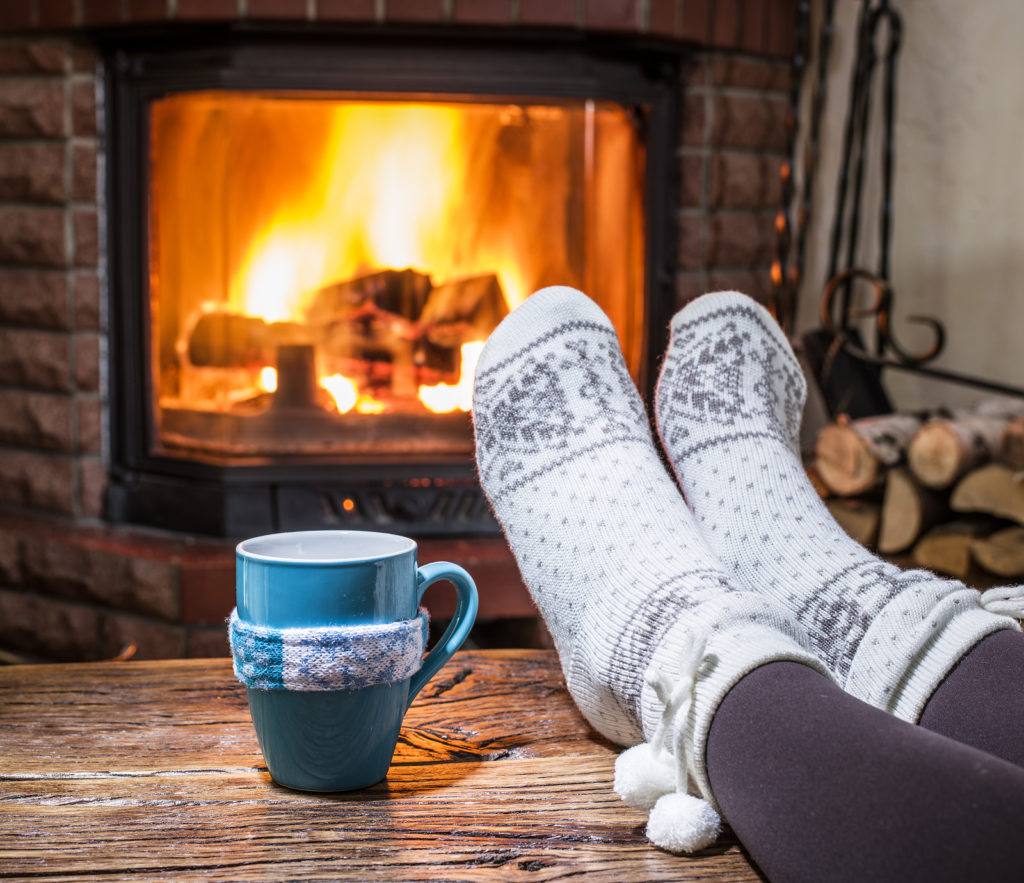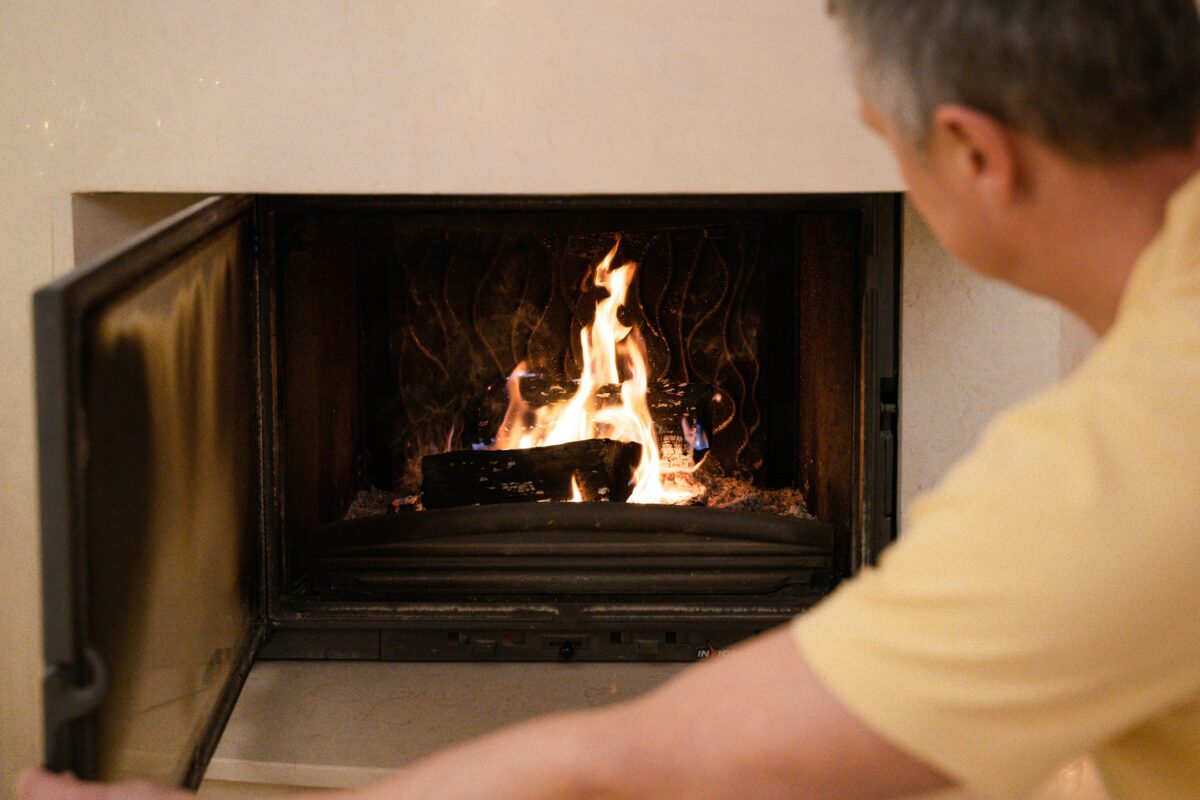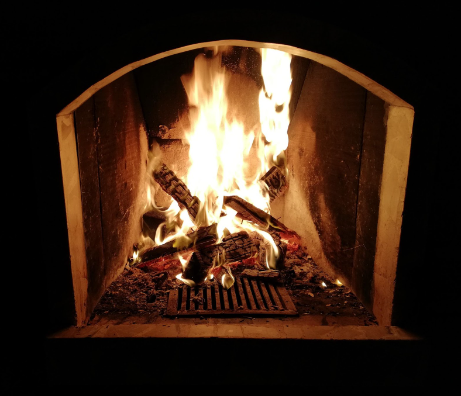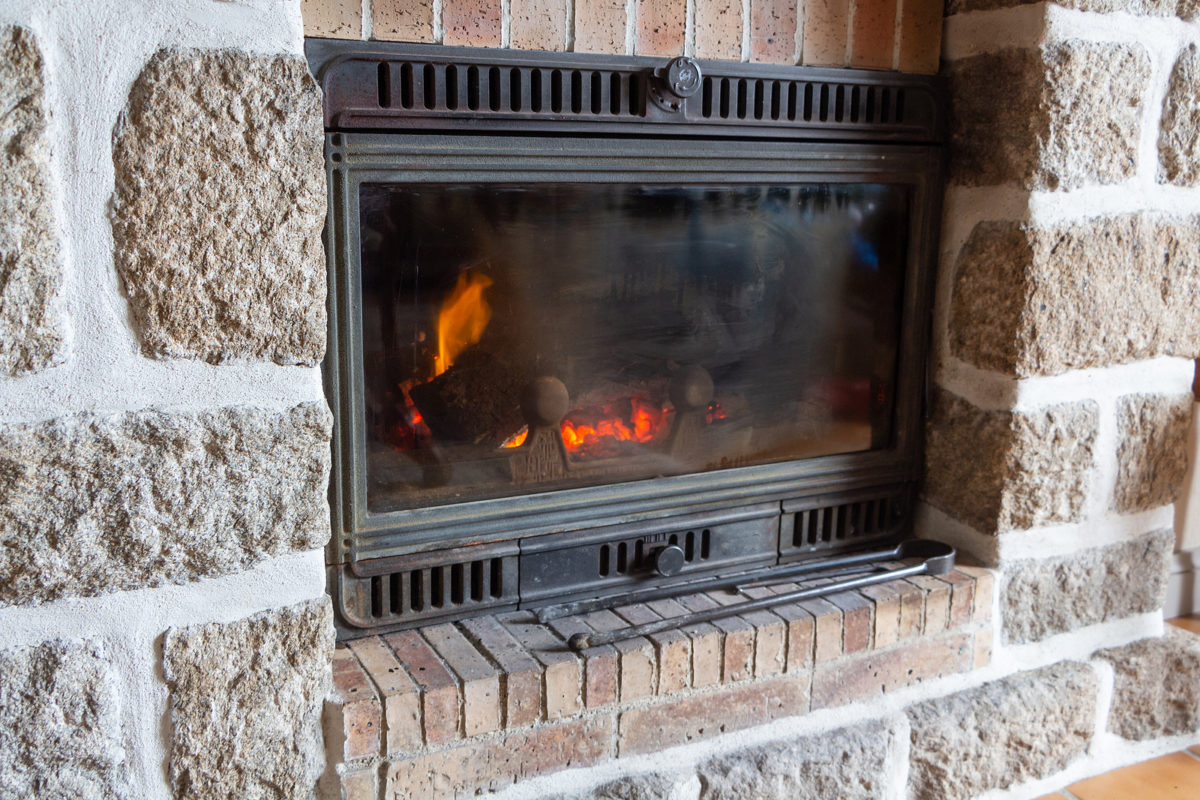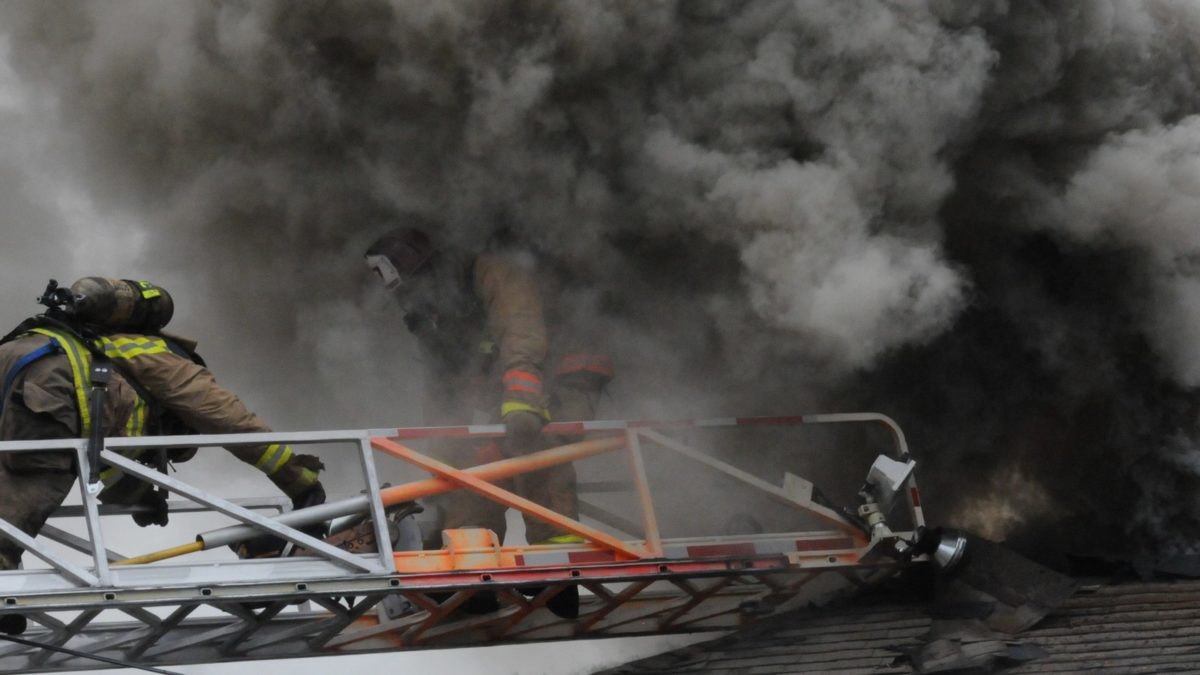Spare the Air season settles over the Bay Area every year. This year, it runs from November 1 through the end of February, and for many homeowners, the rules can feel a little confusing.
Homeowners tend to see Spare the Air Alerts as a simple “yes or no” to using their fireplace, but the decisions you make during this period can affect the long-term condition of your chimney and the safety of everyone in your home. Understanding how the regulations connect with fire-safety best practices gives you an advantage.
Here’s what this season means for you, your fireplace, and the choices that keep your home safe.
What Spare the Air Season Means for Bay Area Fireplace Owners
Understanding how Spare the Air season affects your fireplace begins with knowing why the Air District issues different types of warnings and what they expect from residents. Below is a clearer structure to help homeowners navigate the winter burn restrictions without confusion.
When Alerts Are Issued
From November through February, the Air District watches for conditions that trap smoke close to the ground. When forecasts show that fine particulate pollution will climb past a set threshold, a Spare the Air Alert is issued for the entire Bay Area. On those days:
- Burning solid fuels is illegal.
- The rule applies to fireplaces, wood stoves, outdoor fire features, and manufactured fire logs.
- Even low-visibility chimney smoke can be a violation, since excessive smoke is prohibited year-round.
Many homeowners assume these alerts come from general weather changes, but the triggers are more specific. Calm, cold evenings can create a “lid” of warm air overhead, which prevents smoke from rising. When that happens, even a few active fireplaces can push pollution into unhealthy territory.
When Advisories Are Issued
Sometimes smoke or haze affects the region without reaching the levels that require a formal ban. In these situations, the Air District issues an Air Quality Advisory, which serves as a caution rather than a restriction. These advisories often appear during wildfire events or days when smoke is visible but not dense at ground level.
Why the Entire Bay Area Responds Together
The nine-county Bay Area is treated as one air basin because smoke doesn’t stay put. A fire lit in one neighborhood can affect conditions miles away. For homeowners, this means:
- Even if your local conditions look clear, nearby regions may be experiencing stagnant or polluted air.
- Compliance helps stabilize air quality across the region.
- One household ignoring a burn ban can contribute to conditions that affect thousands of people.
This broader view often surprises homeowners who assume alerts apply only to heavily populated cities.
The Wood Burning Rule and Why It Matters for Fireplace Safety
The Wood Burning Rule, passed in 2008 and amended in 2019, shapes how Bay Area homeowners can use their fireplaces.
What the Rule Actually Requires
The rule makes it illegal to burn solid fuels on any day when a Spare the Air Alert is in effect for fine particulate pollution. While this is the part most people remember, several other requirements affect everyday fireplace use:
- New buildings cannot include wood-burning devices.
- Major remodels that require permits and exceed a set cost must use gas, electric, or EPA-certified wood-burning appliances.
- EPA certification is required for anyone who relies on a wood-burning appliance as their sole heat source.
- Visible smoke limits apply year-round, and violations can result in fines.
- Burning anything other than clean, dry wood is prohibited at all times.
Many homeowners aren’t aware that smoke visibility thresholds exist or that burning trash, treated wood, or damp firewood is illegal. Those details matter because every one of these restrictions aligns with a fire-safety concern that chimney professionals see repeatedly.
How These Requirements Protect Your Home
A fireplace that burns cleanly is far safer than one that produces heavy, lingering smoke. Each element of the rule has a fire-safety angle:
- Cleaner-burning appliances: EPA-certified wood stoves and inserts burn more efficiently, which reduces creosote buildup. Less creosote means fewer chimney fires and fewer expensive cleanings.
- Limits on visible smoke: When smoke is thick enough to obscure objects behind it, it signals poor combustion. That usually means more unburned material is traveling up the flue and settling inside the chimney. High smoke output often corresponds to rapid creosote accumulation.
- Restrictions on what can be burned: Garbage, treated wood, or plastics release corrosive chemicals when burned. These can damage metal liners, crack masonry, and leave behind residues that ignite more easily than standard creosote.
- Requirements during major remodels: Upgrades that replace older, inefficient fireplaces with modern systems reduce the likelihood of backdrafting, smoke intrusion, and overheating problems.
How to Stay Compliant and Keep Your Fireplace Safe During Spare the Air Season
Spare the Air season asks homeowners to be thoughtful about when and how they burn, but it also presents an opportunity to keep your fireplace performing at its best. With a bit of planning and the right professional support, you can stay compliant, protect your home, and avoid the problems that often surface during winter inspections.
Check Before You Burn
The simplest habit is also the most effective:
Always check the day’s status before lighting a fire.
Alerts are available through email, text, and the Spare the Air website, and many weather apps now include air-quality notifications. A quick check prevents accidental violations, keeps you from burning on high-pollution days, and reduces unnecessary wear on your chimney.
This habit also helps you understand your own fireplace better. Homes that burn only on non-alert days often have fewer draft issues because the flue has time to cool and settle between uses, reducing the sudden temperature swings that contribute to creosote formation.
Burn Clean and Burn Smart
Even outside alert days, the rule requires that homeowners use clean, seasoned wood. This isn’t just a regulation box to check. Proper fuel has a direct impact on fire safety:
- Dry wood produces hotter, more efficient fires.
- Hotter fires leave less residue behind.
- Clean combustion lowers the chance of smoke spilling back into the home.
Avoid burning scraps, treated lumber, or debris. These materials create corrosive byproducts that eat away at liners, metal components, and masonry in ways that aren’t always visible until damage has progressed.
Keep Your System in Safe Working Condition
This is where The Irish Sweep provides the most value. Winter burning exposes every weak point in a fireplace system, so professional maintenance becomes especially important during Spare the Air season.
Our team focuses on fire-safety specific services, including:
- Chimney inspections that identify flue blockages, creosote levels, and draft issues.
- Chimney sweeping to remove buildup that can ignite unexpectedly during cold weather burns.
- Fireplace and appliance evaluations to ensure that stoves and inserts are operating efficiently and safely.
- Smoke and draft troubleshooting, especially useful after long periods of non-use during alert stretches.
- Guidance on proper burning practices, so homeowners understand how daily choices impact chimney health.
During inspections, we often discover issues homeowners weren’t aware of, such as early-stage liner deterioration or small obstructions that can restrict airflow. Catching these problems early helps prevent expensive repairs and reduces the likelihood of smoke intrusion in winter.
A Safer Burn Season Starts with the Right Support
Spare the Air season reshapes how Bay Area homeowners use their fireplaces, but it also provides a clear path toward safer, cleaner, and more intentional burning. Understanding when alerts are issued, following the Wood Burning Rule, and keeping your system in good working order all contribute to a healthier home and a healthier region.
Our team at The Irish Sweep spends these colder months focused on the details most homeowners rarely see: fire behavior inside the firebox, subtle shifts in chimney draft, early creosote formation, and the hidden risks that come with heavy seasonal use. That’s our world. When a fireplace needs deeper attention, like masonry reinforcement or seismic considerations, we rely on the structural-safety specialist we’ve partnered with for years. Their expertise fills the gap where structural knowledge becomes essential, and together, we make sure homeowners receive the right kind of support for every type of chimney concern.
If you want to head into winter confident that your system is safe and compliant, now is the ideal time to schedule an inspection or sweep. A professional visit can reveal issues long before they turn into repairs or safety hazards, especially during a season when the rules around burning can limit how often you can use your fireplace.
Reach out to The Irish Sweep to book your appointment, ask questions, or get guidance tailored to your home. A safer, more efficient fireplace starts with a conversation—and we’re here to help you get winter-ready.

